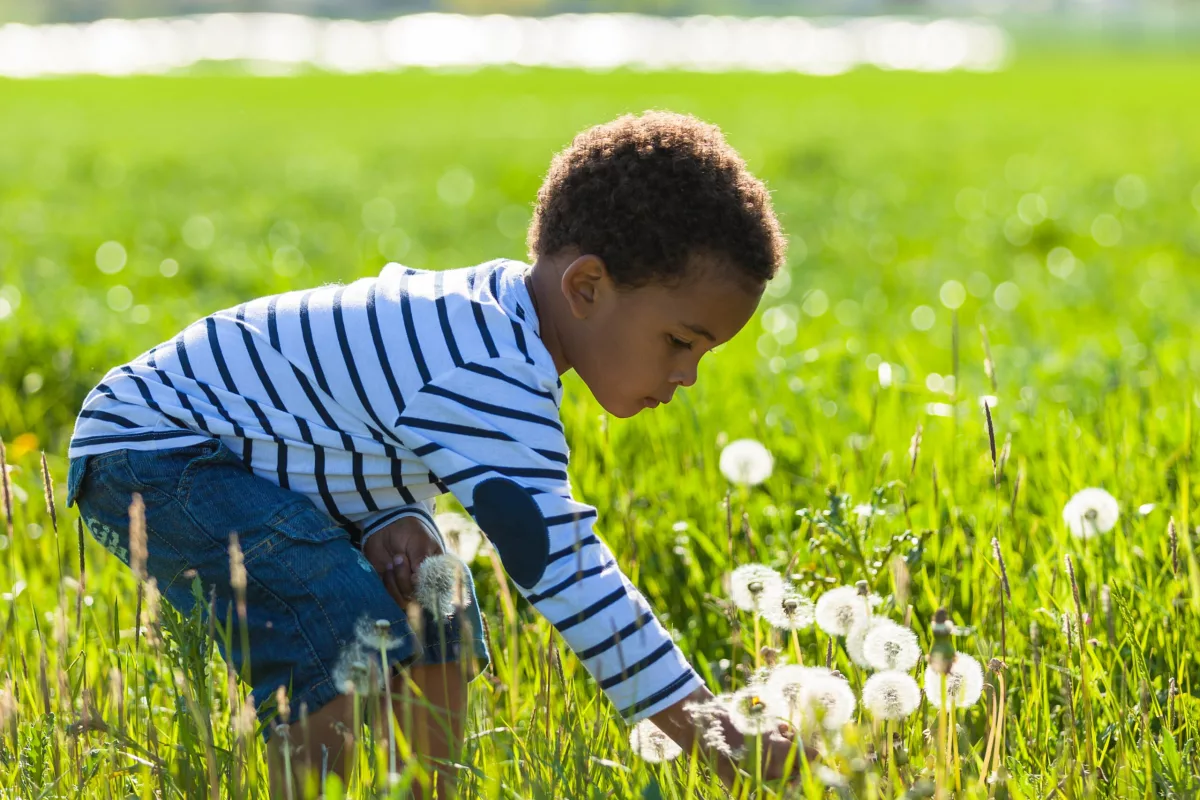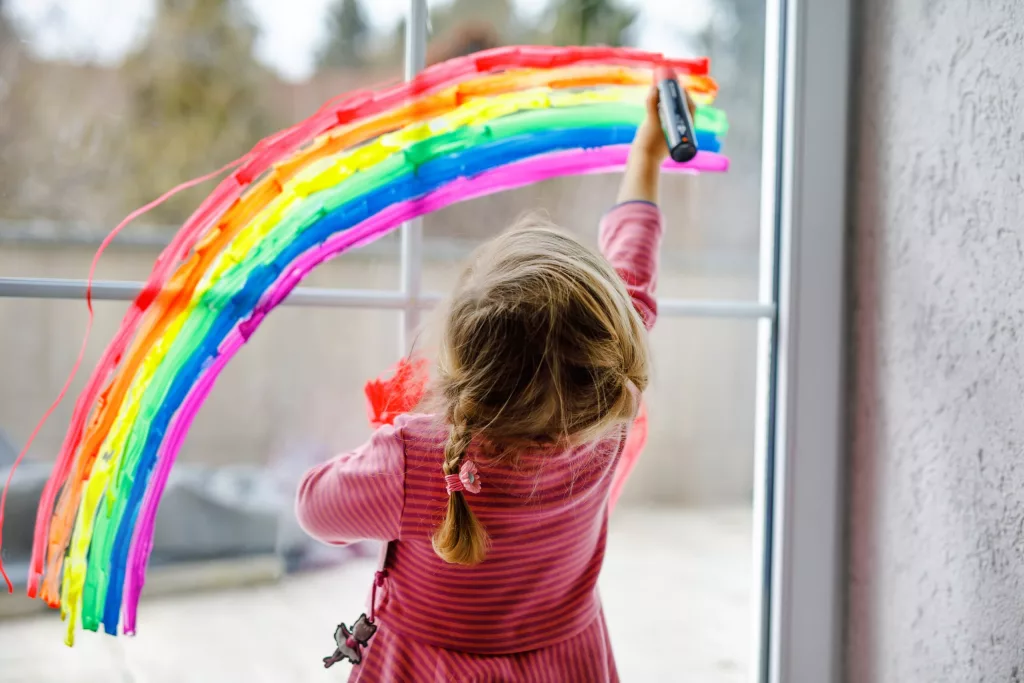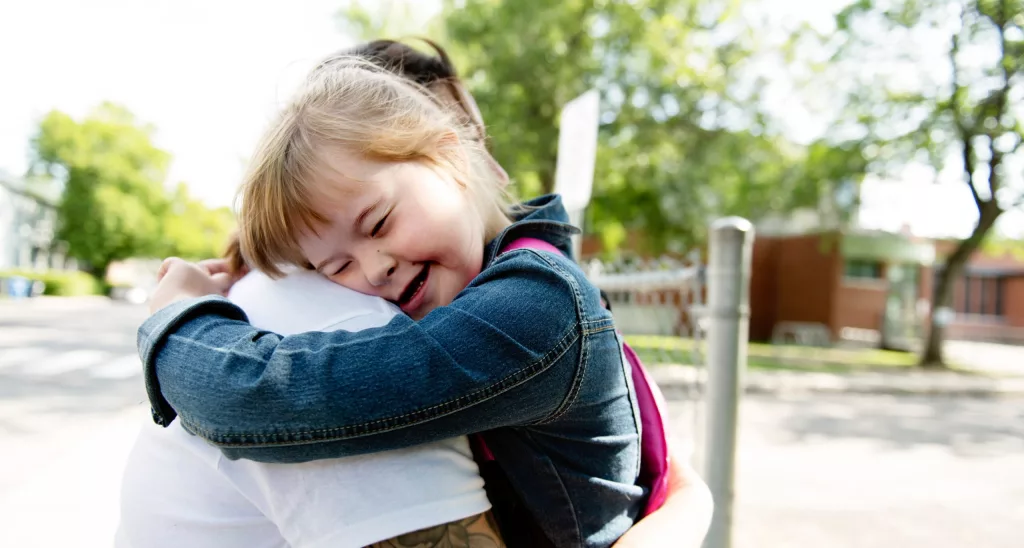11/11/2022
Climate Justice is the name of the global movement that seeks a fairer division of investment and responsibility in combating climate emergency. It means understanding that the whole world already feels the effects caused by the climate crisis, such as the warming that increasingly generates floods, severe droughts and heat waves. However, these consequences affect people and countries very differently and unequally, depending on their resources and degree of vulnerability.
Less industrialized countries and more vulnerable people, for instance, contribute less to aggravating the crisis, but are often the most susceptible to suffer its consequences, since they have less infrastructure and resources to face the problem. This is why Climate Justice proposes that those who have most exploited the planet’s natural resources invest more and support, through projects, those who need it most, as they have more infrastructure and development.
It is a movement to try to ensure global justice for the often forgotten people who are most vulnerable to the impacts of climate change: impoverished people, women, children, black people, indigenous people, immigrants, people with disabilities and other marginalized minorities around the world. Thus, Climate Justice is about securing and protecting human rights and trusting that working in community is the most effective way to secure the present and future for generations to come.
“Climate Justice means to recognize that the climate crisis affects different groups and different communities differently. The more vulnerable a community is, the more affected it is. This global movement seeks, therefore, to bring solutions in an equitable way to groups that suffer the most from the crisis resulting from climate change”, stated Pedro Hartung, Policies and Children’s Rights Officer of the Alana Institute.
Therefore, it is important that climate change decisions are participatory, transparent and responsible, and that they are always in pursuit of gender equality and equity, as well as sharing the benefits and burdens equitably, as advocated by the Mary Robinson Foundation – Climate Justice, a leadership center fighting to ensure this global justice.
– Read also: Climate Justice: hope, resilience and the struggle for a sustainable future
A healthy environment is now a human right
The United Nations (UN) itself declared earlier this year, in July, that a healthy environment is a human right, marking an important step in action against the accelerating decline of the natural world. The resolution has encouraged environmental advocates who believe it is important to push more and more countries to bring the spirit of this message into their constitutional laws and regional treaties.
“The resolution sends the message that no one can take nature or clean air and water from us, nor deprive us of a stable climate. At least not without a fight,” Inger Andersen, executive director of the United Nations Environment Programme (UNEP), argued at the time.
– Read also: Burning Biomes: the impact of forest fires on children’s health
The constitutional right to climate in Brazil
Since 1988, Brazil has recognized the climate as a constitutional right. “Everyone has the right to an ecologically balanced environment, a common use asset for the people and essential to a healthy quality of life, and it is the duty of the government and the community to defend and preserve it for present and future generations,” states article 225 of the Brazilian Constitution.
The legislation foresees actions such as defining territories, protecting the national fauna and flora, and promoting environmental education. The Brazilian Amazon Forest, the Atlantic Rainforest, the Serra do Mar, the Pantanal Mato-Grossense and the Coastal Zone are considered national heritage, so their use should happen under conditions that ensure the preservation of the environment and of the natural resources.
– Read also: Children live through memories and fear of fires in the Pantanal
However, this is not what has been happening in practice. In recent decades, especially in the last few years, the country has seen deforestation and fires advance over the Amazon forest and other biomes. The deforestation rate in the Amazon rose 73% in three years (from 2019 to 2021), according to the National Institute for Space Research (Inpe), linked to the Federal Government’s Ministry of Science, Technology, and Innovations.
Therefore, to achieve Climate Justice, we need to address the climate crisis right now, with concrete measures to preserve and protect the rights of future generations. We also need to move forward and ensure compliance with laws that already exist in countries to limit pollution, protect nature and combat climate change.
In this process, children and adolescents, who suffer and will suffer the most from the effects of climate change, must be made the priority, and their right to participation, both to listen to the problems and to find solutions, must be duly guaranteed. Climate Justice requires joint action to preserve the planet.
“The climate crisis in childhood is not an abstract concept, but something experienced in the body, daily life and subjectivity of billions of babies and children in the world. We need to create sensitive, deep and ethical listening paths to access what they have to tell us from their deepest feelings and statements, not only to ensure their right to participate in the issues that concern them, but, above all, because children teach us as a society to perceive the world from a different perspective”, argues Ana Claudia Leite, education and childhood advisor to the Alana Institute.




